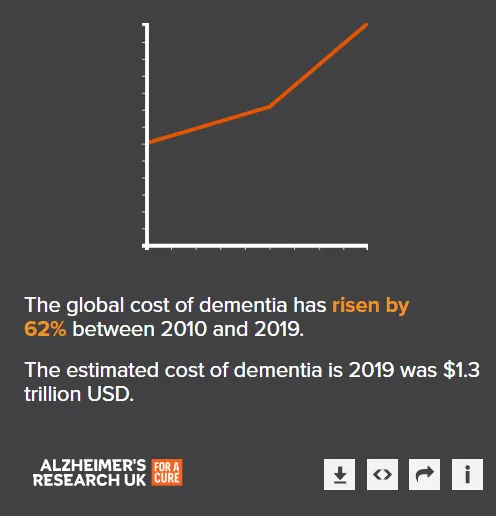Dementia is a progressive neurological condition that affects millions of people worldwide. It is characterized by a decline in cognitive function, memory loss, and changes in behavior. As the global population continues to age, the prevalence of dementia is on the rise, presenting a significant public health challenge. In this article, we will explore the countries that are most affected by dementia and the factors contributing to the increase in dementia rates.
The Global Impact of Dementia
According to the World Health Organization (WHO), there are approximately 50 million people living with dementia worldwide, and this number is expected to triple by 2050. Dementia not only affects individuals but also places a considerable burden on families, caregivers, and healthcare systems. The economic cost of dementia is significant, with estimates suggesting that it exceeds $1 trillion annually.
Most Affected Countries
While dementia is a global issue, certain countries are more affected than others. The United States, China, India, Japan, and Brazil are among the countries with the highest number of people living with dementia. These countries have large populations, aging demographics, and increasing life expectancies, all of which contribute to the high prevalence of dementia.
United States
In the United States, an estimated 5.8 million people are living with Alzheimer’s disease, the most common form of dementia. The prevalence of dementia is higher among older adults, with one in ten individuals over the age of 65 affected by the condition. The cost of caring for individuals with dementia in the U.S. is substantial, with estimates suggesting that it exceeds $290 billion annually.
China
China is facing a significant increase in dementia rates due to its rapidly aging population. It is estimated that there are over 10 million people living with dementia in China, with this number expected to rise as the population continues to age. The Chinese government has recognized dementia as a public health priority and has implemented initiatives to improve dementia care and support for individuals with the condition.
India
India is also experiencing a rise in dementia rates, with an estimated 4.1 million people living with the condition. The prevalence of dementia is higher in urban areas compared to rural areas, and the lack of awareness and stigma surrounding dementia pose significant challenges for individuals and families affected by the condition. The Indian government is working to address these issues and improve dementia care services.
Factors Contributing to the Increase in Dementia Rates
Several factors contribute to the rise in dementia rates globally. These include an aging population, increasing life expectancies, changes in lifestyle factors such as diet and physical activity, and genetic predisposition. Additionally, improvements in healthcare and diagnostic techniques have led to better detection and diagnosis of dementia, contributing to the increase in reported cases.
Conclusion
As the global population continues to age, the prevalence of dementia is on the rise, presenting a significant public health challenge. Countries around the world are grappling with the impact of dementia on individuals, families, and healthcare systems. By raising awareness, improving access to care, and investing in research, we can work towards better understanding and addressing the growing burden of dementia.
#Global #Dementia #Rates #Rise #Countries #Affected

